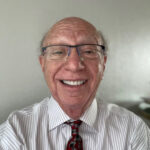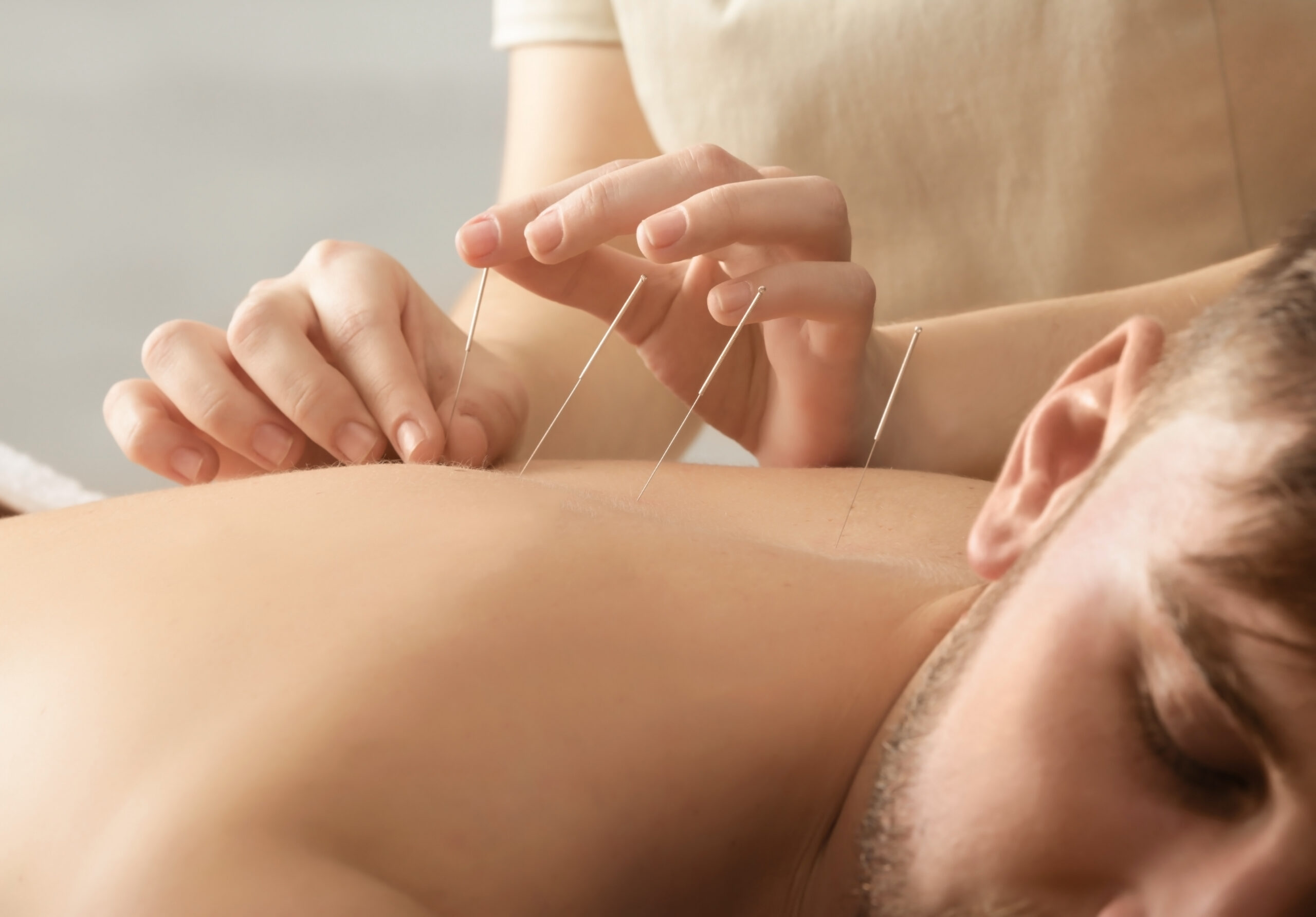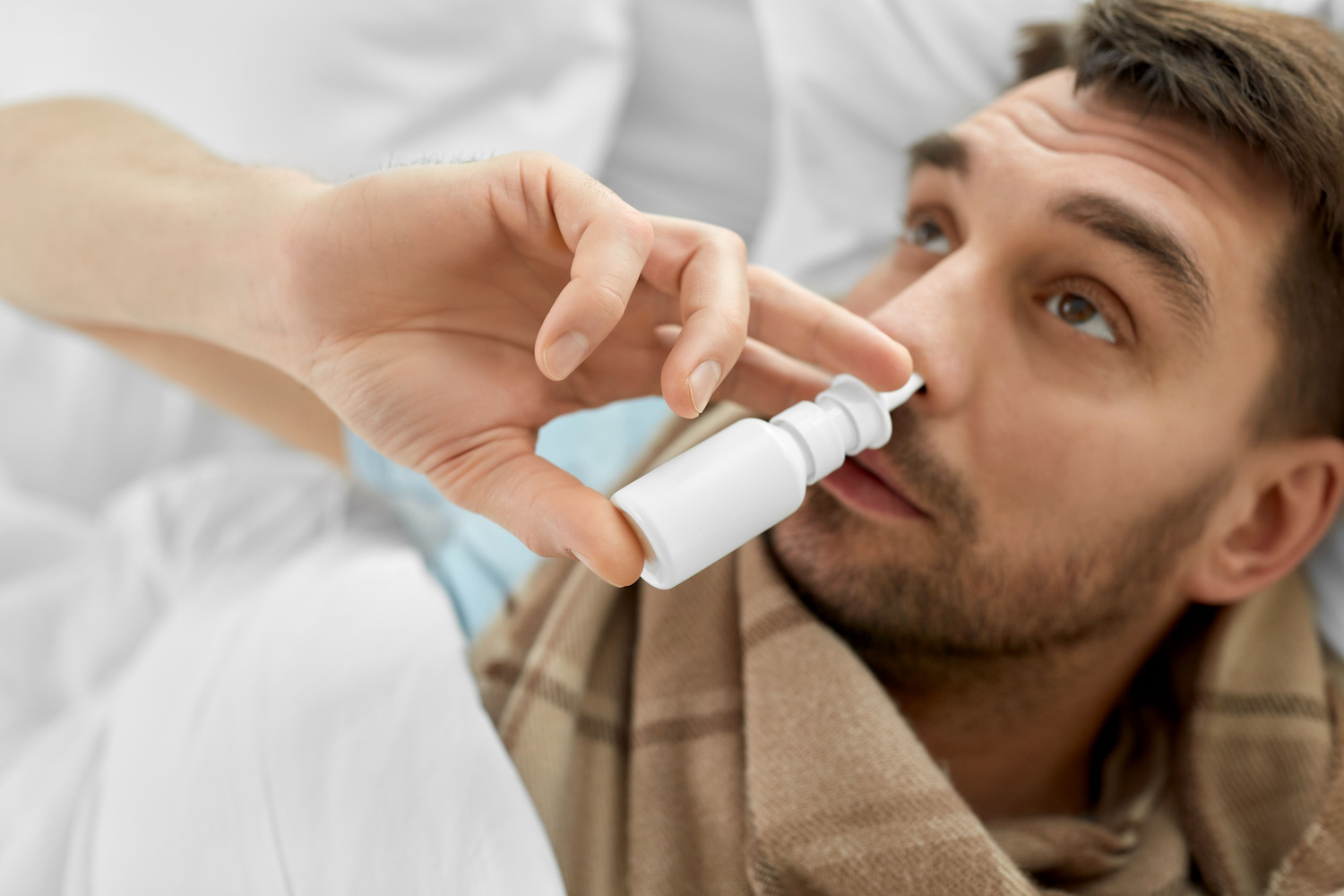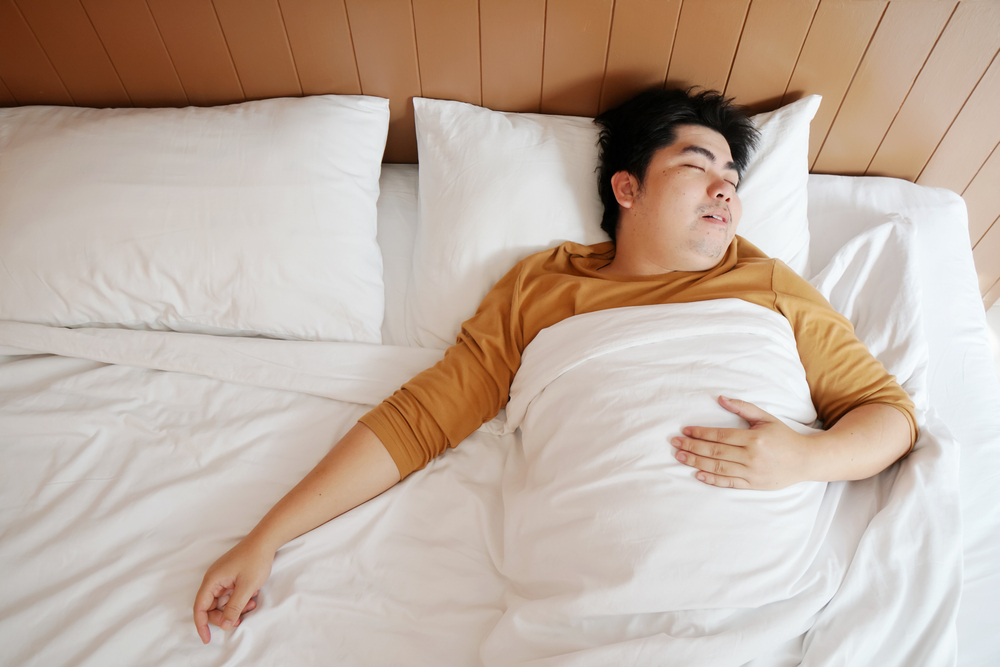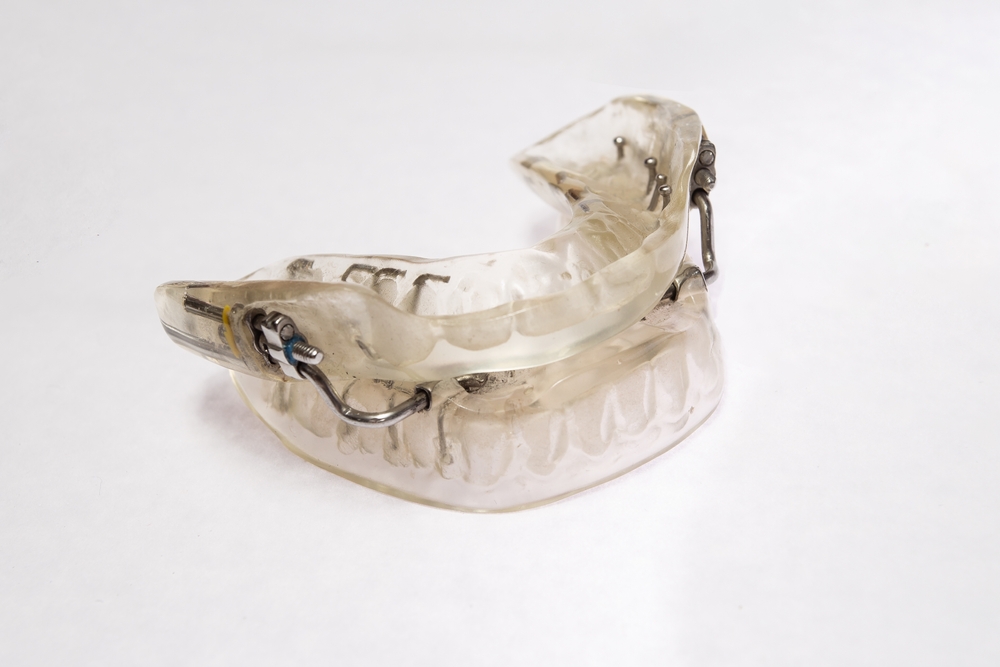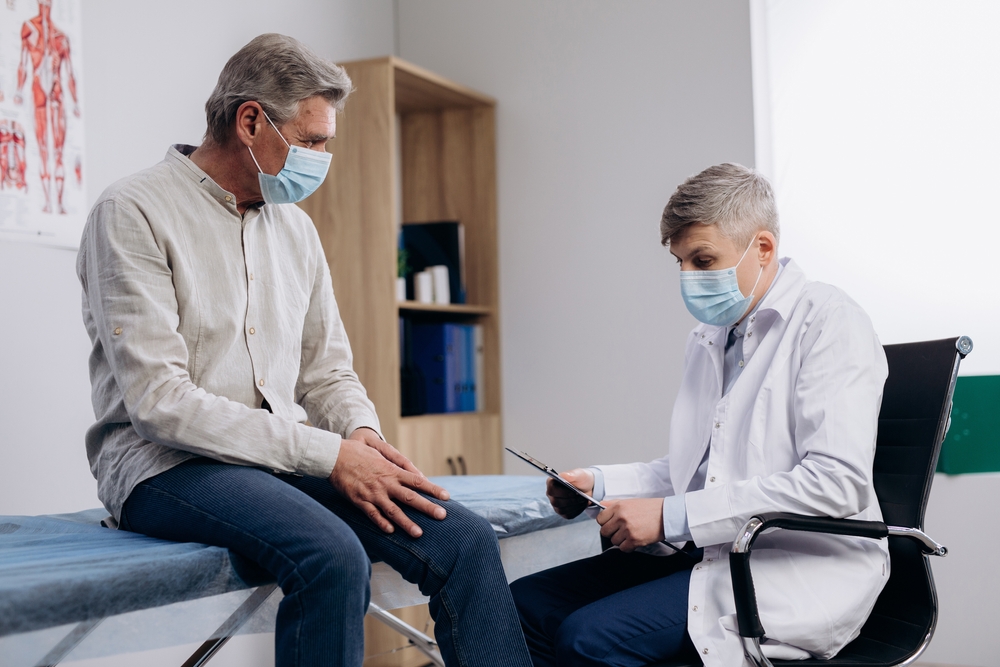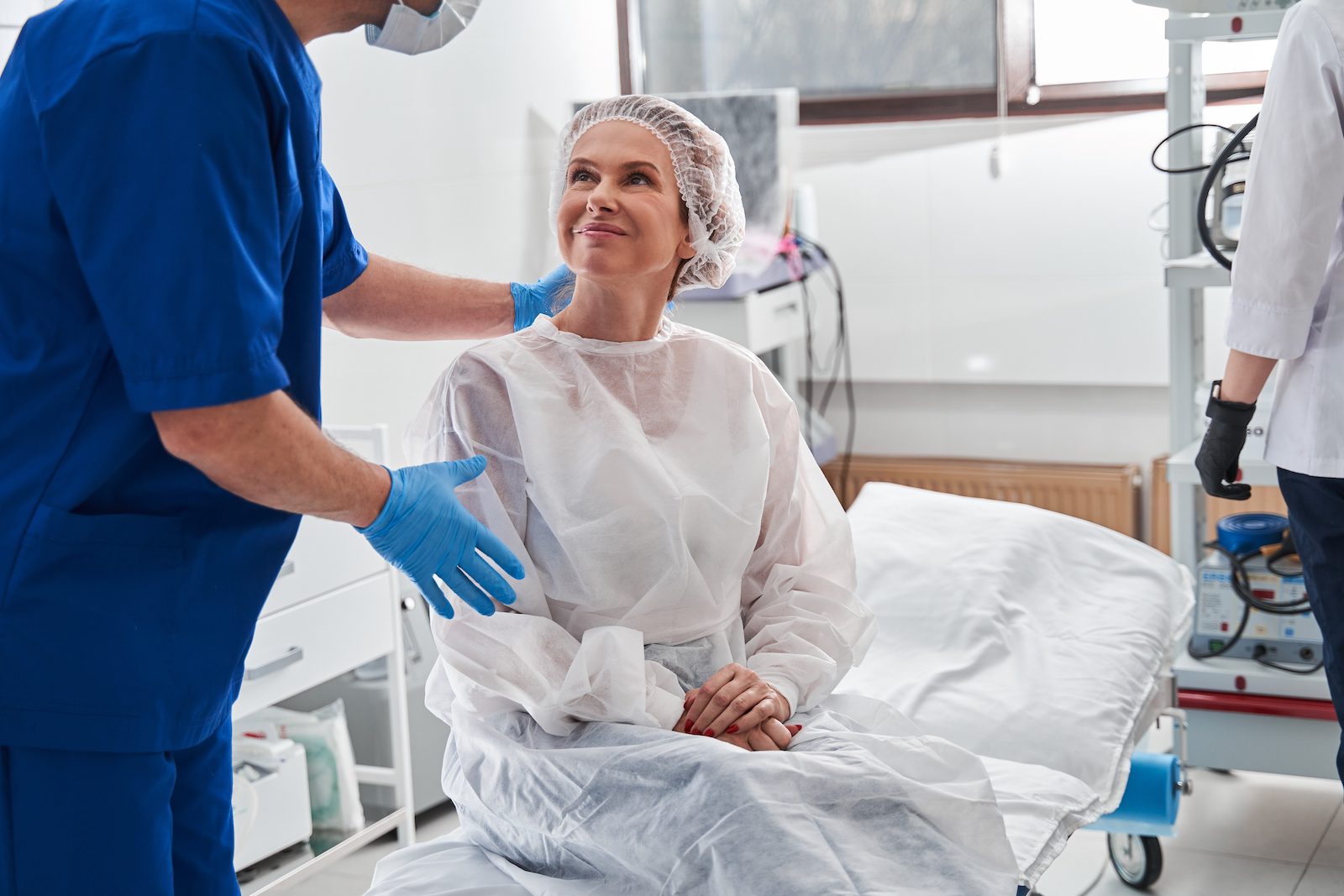An adaptive servo-ventilation (ASV) machine is a type of positive airway pressure (PAP) device. For some people with sleep apnea, especially central sleep apnea, ASV machines can promote stable and consistent breathing during sleep by sending pressurized air through a mask and into the upper airway.
Distinct from other PAP devices, ASV machines make real-time adjustments to air pressure based on built-in sensors that track breathing. We cover how ASV machines work, when they are prescribed, and their potential benefits and side effects.
What Are ASV Machines?
ASV machines generate a flow of pressurized air and send it into the upper airway to facilitate more stable breathing while you sleep. These devices track your breathing and adapt air pressure levels on a moment-by-moment basis to keep breathing from becoming too slow, too fast, or blocked.
- Provides back-up breaths: An ASV device can detect if your breathing slows down too much, and if it does, then the ASV machine can deliver a “back-up breath” to help restore respiration so that you do not become deprived of oxygen.
- Stabilizes your breathing rate: If the ASV device’s sensors detect that you are breathing too rapidly, it can reduce the air pressure level so that a more stable rate of breathing can be established.
- Prevents airway obstruction: The pressurized air provided by an ASV machine can keep the upper airway from being blocked by tissue in the nose, mouth, or throat. Airway obstructions can cause breathing interruptions that reduce oxygen levels and trigger very brief awakenings that erode sleep quality.
How Does ASV Treat Sleep Apnea
Because of its ability to make real-time adjustments, an ASV machine can be especially beneficial if you have complex breathing problems during sleep. The ability to normalize breathing patterns that are too fast or slow can help treat central sleep apnea (CSA). CSA is a type of sleep apnea that occurs when the brain does not properly regulate the pace of breathing.
At the same time, by preventing airway blockages, an ASV machine can limit breathing interruptions caused by obstructive sleep apnea (OSA). OSA involves recurring reductions or pauses in breathing during sleep that happen when the tissue around the airway collapses inward, narrowing the airway and limiting airflow.
How Does ASV Compare to CPAP
The diverse functions of ASV distinguish it from other types of PAP machines, such as continuous PAP (CPAP), auto-adjusting PAP (APAP), and bilevel PAP (BPAP or BiPAP). While all of these forms of PAP therapy send pressurized air into the airway, ASV machines are unique because of their ability to make breath-by-breath adjustments to air pressure levels when you are breathing in or out.
Who Can Benefit from Using an ASV Machine?
ASV machines are most likely to benefit people who have complex breathing problems during sleep, especially if those breathing disruptions have persisted after trying another type of PAP device.
Experts typically consider prescribing ASV machines after initial treatment with another type of PAP device has not been effective for people who have multi-faceted breathing disruptions during sleep, such as:
- Obstructive sleep apnea that occurs alongside central sleep apnea
- Abnormal breathing caused by opioid use
- Central sleep apnea that arises during CPAP treatment for OSA
- Central sleep apnea provoked by being at a high altitude
ASV devices are not usually prescribed for people with uncomplicated cases of obstructive sleep apnea. They are also generally not recommended in people who have a type of heart failure in which their heart is not able to pump enough blood to the rest of the body.
How Does an ASV Machine Work?
An ASV machine involves multiple components that work together to deliver air that is pressurized to levels based on your breathing patterns. The device’s components are similar to those found in other PAP machines and include:
- The device itself, which generates pressurized air
- A power cord to plug into a wall outlet
- A mask worn over the nose or nose and mouth
- A tube or hose that connects the device to the mask
- At least one air filter
- A built-in heated humidifier to add moisture to the airflow
- A tank that holds water for the humidifier
An ASV device also includes internal sensors that monitor your breathing and the device’s pressure levels. This allows the machine’s software to calculate the air pressure levels based on your breathing by measuring the pressure when breathing in and breathing out and calculating the pressure difference.
How to Use an ASV Machine
To use an ASV machine, you’ll need to set up the device near your bed and plug it into an electrical outlet. After connecting the hose and mask, you put on and adjust the mask so that it fits comfortably and seals against your face.
Once the mask is on and adjusted, you can turn on the device so that it starts generating a flow of pressurized air. Your doctor may have already programmed certain initial settings, but the device will make adjustments to adapt to your breathing patterns over the course of the night.
Upkeep is an important element of using an ASV machine. Improper cleaning and maintenance can impact the device’s function and can heighten your exposure to germs in the device that may affect your health.
Make sure to follow manufacturer instructions related to cleaning your ASV machine. The user manual typically offers guidance about how frequently to wash different components, what cleaning methods work best, and how to avoid damaging the machine’s parts. You may also need to replace certain components, such as filters or masks, according to a set schedule.
How Do ASV Machine Settings Work?
There are different ways that a doctor can use to establish the initial settings for an ASV machine.
- During a sleep study: In many cases, you will be asked to stay overnight in a specialized lab for a sleep study, during which the pressure limits of your ASV device can be established. This allows your health care team to see how well the ASV machine functions and tailor its settings to your specific needs.
- At home by the device: Certain ASV devices can operate without any preset pressure settings. Instead, the device’s algorithms use data about your breathing patterns to create pressure limits or ranges.
With either approach, the ASV machine can still modify the amount of air pressure in real time to adapt to your needs. But experts in sleep medicine often prefer to initially calibrate the device with a sleep study in order to monitor and optimize the performance of the ASV machine.
There are additional settings on an ASV machine that your doctor can change on the device, including the pressure ramp, which allows you to fall asleep with a low level of pressure that increases after a period of 5 to 45 minutes.
What Are Side Effects of ASV Machines?
Although ASV machines can provide important benefits, they can also cause side effects. Most side effects are manageable and relatively minor, but in some people, ASV devices have the potential to cause more serious negative effects.
Some research has found a higher risk of significant health problems in people with certain types of heart failure who use ASV. The exact reason for this is not fully understood, but until more research is conducted, experts generally recommend against using ASV machines in people with this kind of heart failure.
Like other PAP machines, ASV devices can cause side effects related to the flow of pressurized air and the need to wear a mask tightly against the face. These side effects can include:
- Skin irritation: The mask and the straps that hold it in place press against the skin for many hours during sleep, which may cause redness or other irritation.
- Mask discomfort: In addition to skin irritation, the tight fit of the mask or straps may contribute to discomfort or pain in different parts of the face.
- Breathing discomfort: When using an ASV machine, it is common to exhale into a stream of pressurized air, which some people find to be uncomfortable.
- Nasal irritation: Airflow generated by the ASV device can irritate the lining of the nostrils and may contribute to either nasal congestion or a runny nose.
- Excess dryness: Depending on the type of mask, pressure level, and humidification, an ASV machine may lead to dryness in the mouth, nose, or throat caused by the regular stream of air into the upper airway.
- Bloating: If pressurized air generated by the ASV device is swallowed and enters the stomach, it can cause gassiness, flatulence, or bloating.
- Claustrophobia: In some cases, wearing a mask connected to an ASV machine may provoke a disturbing sense of being stuck in a confined space.
- Eye irritation: When air leaks out from around the mask, it can affect the eyes, leading to dryness or irritation.
Although these side effects can be bothersome, most of them can be effectively managed with practical steps like changing the mask or modifying the device’s settings. For that reason, it’s important to always talk with a doctor about any side effects when using an ASV machine and how to address them.

